Seaweed farmers are being urged to breed for desired traits in order to produce climate-resilient seaweed varieties that can safeguard a growing industry
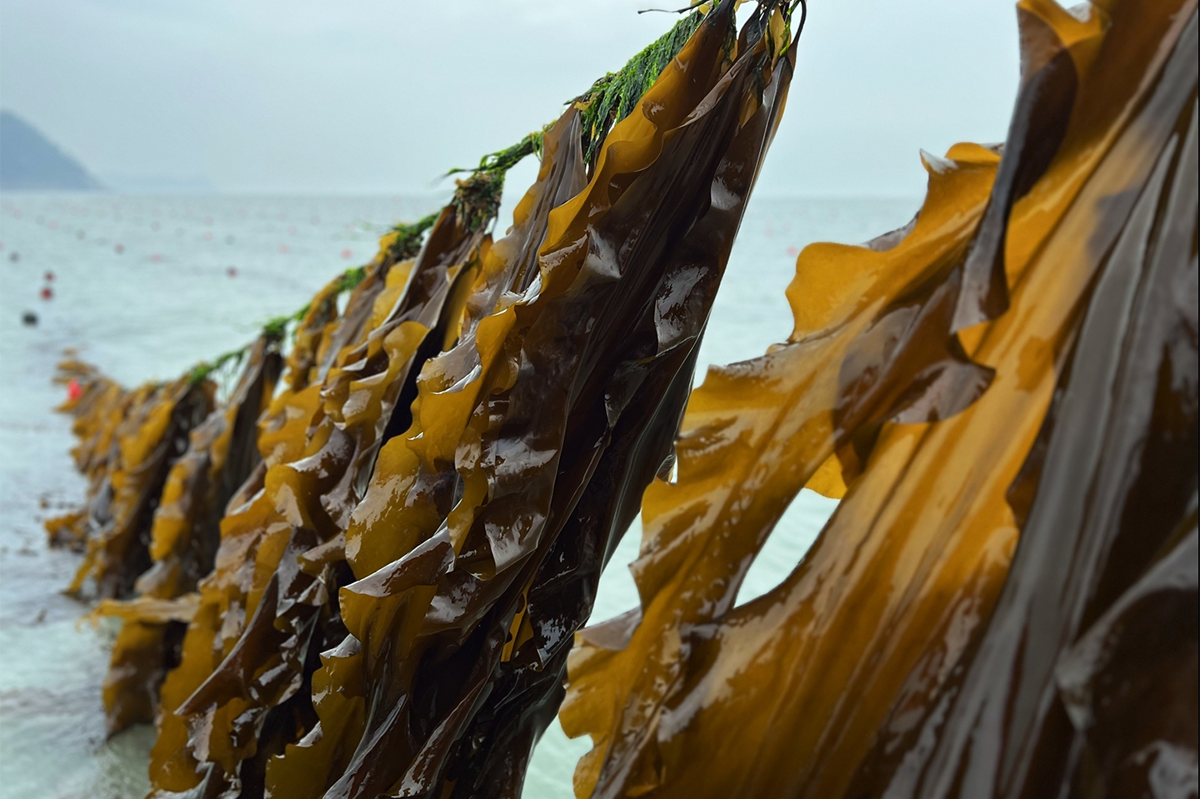
Seaweed farming is booming globally. Annual production now exceeds 35 million metric tons (MT), more than doubling over the last decade, and the World Bank projects that 10 emerging global seaweed markets could potentially create a $11.8 billion market by 2030.
Biostimulants, livestock feeds pet foods and methane-reducing additives are short-term targets, while longer-term opportunities exist in nutritional supplements, pharmaceuticals, alternative proteins, bioplastics and fabrics, which all face significant regulatory challenges and a high cost of product development.
The seaweed boon is gaining a foothold in North America, where farmers grow various types of seaweed – including dulse, bull kelp, ribbon kelp and sugar kelp – which are used in food products, cosmetics, animal feed and fertilizer. In recent years, seaweed farming has surged, with dozens of farms popping up along the coastlines of New England, the Pacific Northwest and Alaska. In Alaska, farmers produced more than 112,000 pounds of sugar, ribbon and bull kelp in 2019 – a 200 percent increase over the state’s first commercial harvest in 2017.
It’s the fastest-growing aquaculture sector, according to NOAA, and the industry offers a plethora of benefits for farmers, communities and the environment. But despite these promising projections, the industry’s growth is increasingly threatened by the effects of climate change and ocean warming.
“This is getting increasingly important,” said Dr. Nichole Price, a marine ecologist at Bigelow Laboratory for Ocean Sciences in Maine. “Even along the coast of the Northeast, scientists are reporting losses of natural populations of wild kelp in areas where water temperatures are also rising.”
A scientific method could offer a solution: selective breeding – an agricultural technique that involves purposefully mating kelp with sought-after qualities, like larger growth or disease resistance, to create new kelp varieties with those preferred traits. It could also be used to create kelp with naturally higher tolerance to harsh growing conditions. The concept is to grow climate-resilient seaweed varieties that promise to safeguard the sector.
“There’s purpose to creating individuals that grow faster, bigger and have more sugar in their tissue, but the other interest is for thermal tolerance,” said Price. “To find individuals that have acclimatized to the warmer conditions, and then create future generations that can adapt to those conditions.”
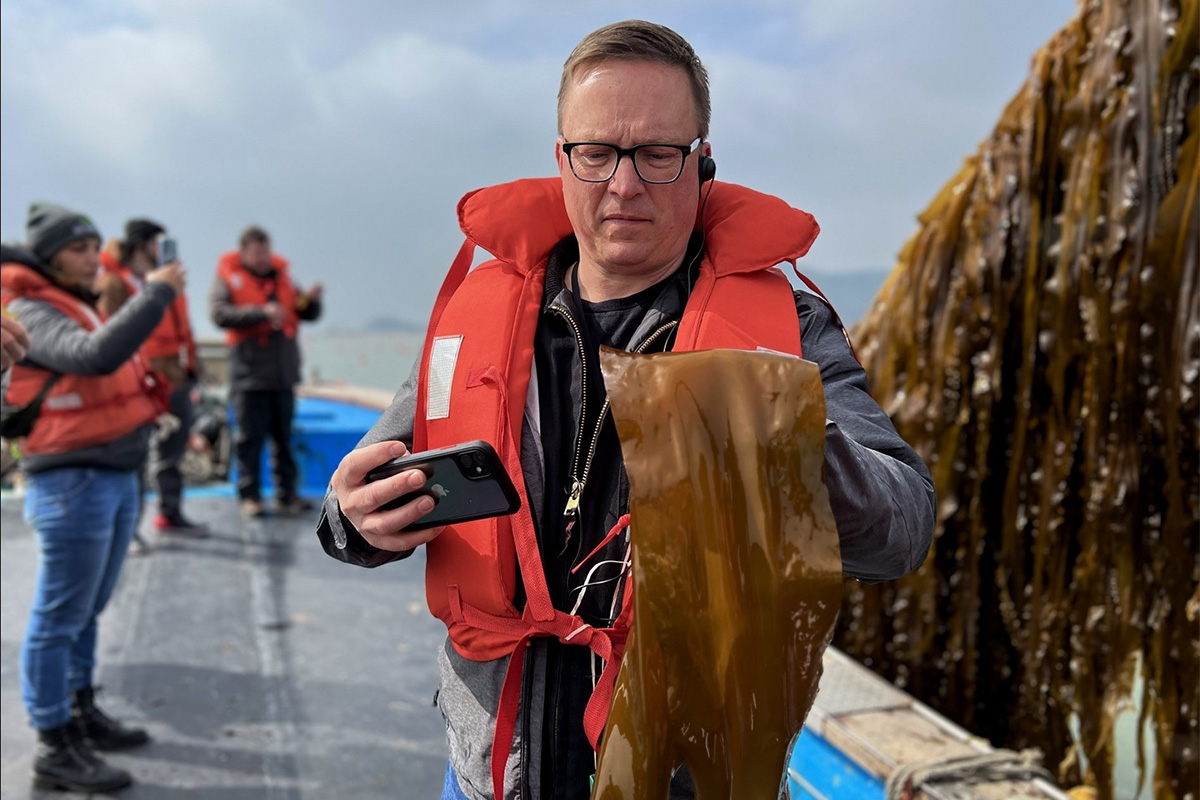
“In the context of climate change and its impact on marine systems, it’s going to be very difficult to repopulate wild kelp beds without temperature tolerant strains,” said Paul Dobbins, Senior Director of Impact Investing and Ecosystems Services on the WWF-US aquaculture team and retired kelp farmer. “Strain selection is imperative for the continued growth of seaweed farming in the North Atlantic and in the eastern Pacific. There is no way that farmers will be able to compete without it.”
This method has been successfully used in Asia – which leads the world’s volume of seaweed production – but its application in North America and Europe has been rather limited. Can selective kelp breeding help grow a burgeoning seaweed farming industry?
The science behind selective breeding of kelp
Despite some misconceptions, selective breeding of kelp is not about creating a “Frankenplant” through genetic modification. Rather, it’s more like the art of matchmaking: scientists carefully choose which kelp plants should be paired and become parents of new generations that are better suited to changing ocean conditions. This helps kelp grow and withstand the effects of climate change.
“It’s not genetic modification,” said Price. “It’s more along the lines of the selective breeding that we did to get thoroughbred horses and Great Danes. It’s taking beneficial traits in broodstock and making sure that those are the bits of broodstock that you’re mixing to get the next generation.”
In a nutshell, creating kelp seed involves collecting several individuals and extracting the reproductive tissue. Dropping them in water, a bunch of individuals release spores and blend together, making the next generation. With selective breeding, it’s all about building strong, resilient kelp.
“You take some juveniles and raise them in warmer water. The ones that survive those conditions and grow well, continuing on to generating that source tissue and are ready for production,” said Price. “Then you could use those to create your next generation because they aren’t as bothered by the warm water.”
“So, there’s no genetic manipulation – it’s taking your ‘favorite’ individuals to try to get them to make your next batch of seed for the farm,” said Price.
Dobbins said selective breeding offers a “tried and true” method of creating a biomass “with more desirable characteristics for its intended use.” While the technique may seem new, selective breeding techniques have been successfully used by Asian kelp farmers for at least 70 years and may actually span hundreds of years.
“You’re generating a seed with desired traits, using a very standardized, deliberative process,” said Dobbins. “But the alternative is choosing random parents and hoping for the best – which is without selective varieties. That’s how the industry in in North America and Europe is currently operating. Going to conferences in North America and, to a lesser extent, in Europe, one might think that this is the newest thing. But it’s not a new thing for the globe.”
Bailey Moritz, lead specialist for seaweed and shellfish farming on the WWF-US Aquaculture team, recently completed a research visit to South Korea and witnessed the benefits of selective breeding firsthand.
“It was just shocking how large a lot of their kelp blades are,” said Moritz. “They’ve been able to select for yield to such an extent that some blades were the length of the boat. And they’ve also got no stipe [stalk] at all – they’ve selected that out because this isn’t useful to them. Whereas in the U.S., sometimes farms get all tangled and buoyant because they have huge stipes on them. The research labs have maxed out on their selection ability for yield and are turning their funding and attention to climate resilience and temperature.”
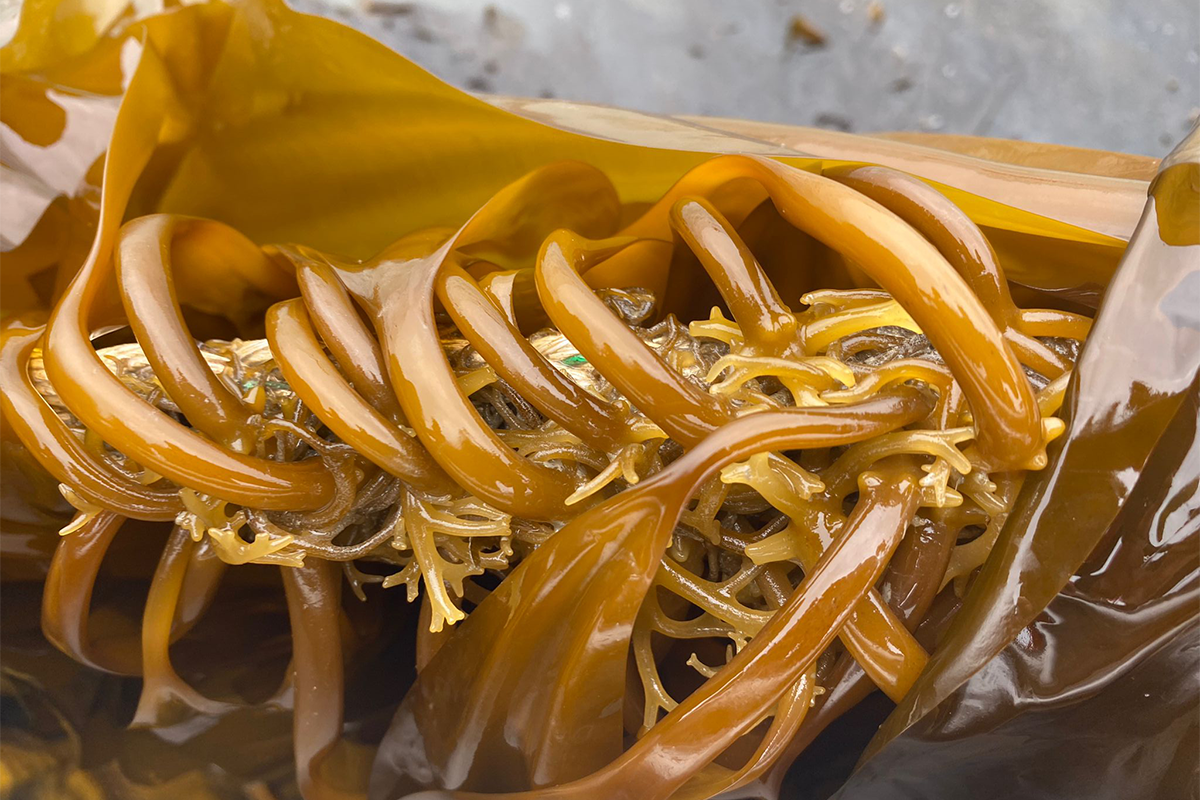
‘It’s 100 percent due to selective breeding’
In Eastern Asia, the cultivation of seaweeds began in near-shore coastal areas in the late 1940s. However, scientists credit the development and use of seaweed cultivars with significantly boosting the region’s seaweed farming industry, with research showing that it improved both the biomass yield and the quality of the food products produced. According to one study, in the past 21 years, 47 certified seaweed cultivars have been used in commercial cultivation in Korea, Japan and China.
“When I went over to Korea for the first time, the strain selection work was what struck me the most – seeing these incredibly large, beautiful-looking kelp and knowing what we have the capability to grow,” said Dobbins. “And it’s 100 percent due to selective breeding. It was instantly apparent that strain selection will play an important role if this industry is to advance in North America or Europe’s waters.”
The statistics about global seaweed farming and processing in the past 20 years speak to that story. Overall, the world’s seaweed production mostly comes from five major continents, with Asia accounting for more than 97 percent. Breaking it down by country, China ranks first, at 56 percent, while Indonesia ranks second (over 28 percent) and South Korea comes third (over 5 percent). In Asia, 99 percent of seaweed is cultured.
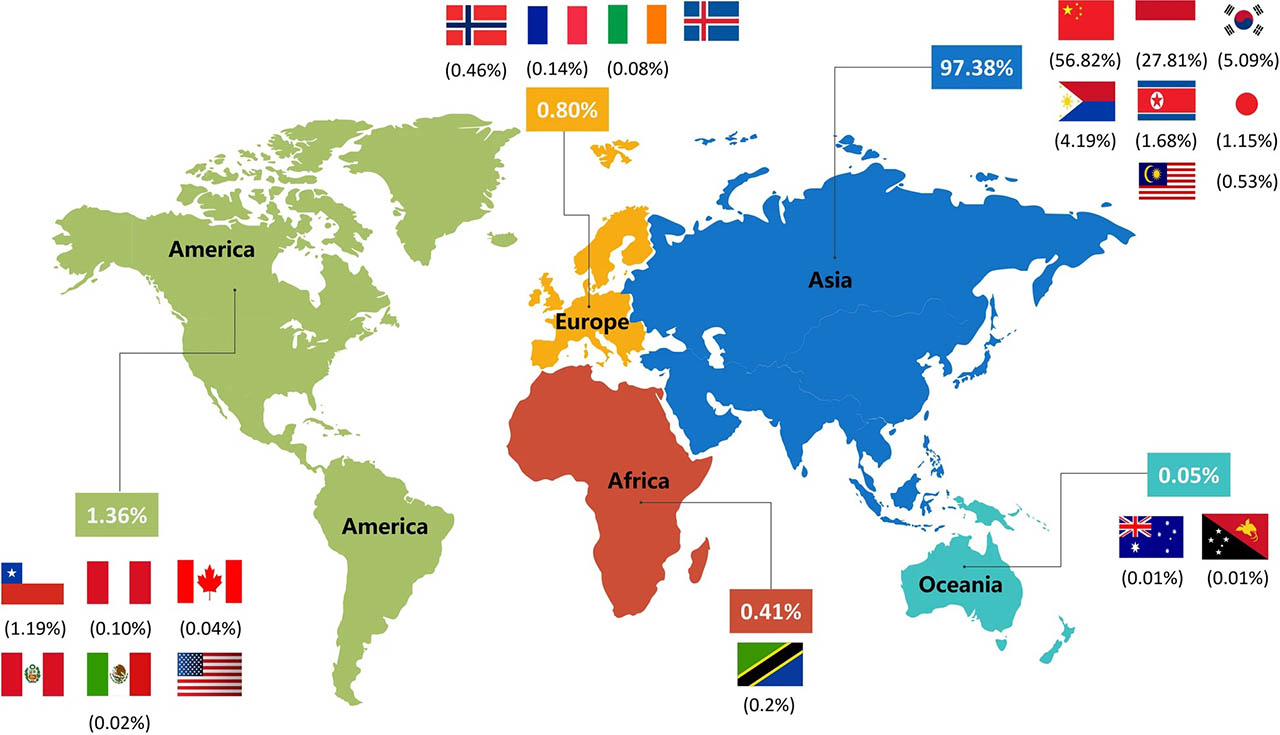
In contrast, North America accounts for 1.36 percent of the world’s seaweed and 95 percent is obtained from natural resources. Likewise, Europe accounts for a mere 0.8 percent of global seaweed production, with 96 percent obtained from natural resources. In fact, artificial cultivation has reportedly only been experimented with there since 2010.
According to a fact sheet from the FAO, Asia cultivated more than 34 million MT of seaweed in 2019, whereas the Americas’ cultivation of seaweed is listed at just 22,856 MT.
“If a kelp farm in the North Atlantic was doing about seven pounds a foot of seeding kelp line, their Asian counterparts might be doing 28 pounds,” said Dobbins. “I saw the significant advantage that high yields can provide in Korea.”
But growing the North American market to a similar scale comes with challenges. Dobbins notes that he’s “continually amazed” by the level of research and funding support sunk into Asia’s seaweed farming industry – a consideration for countries looking to expand their sectors.
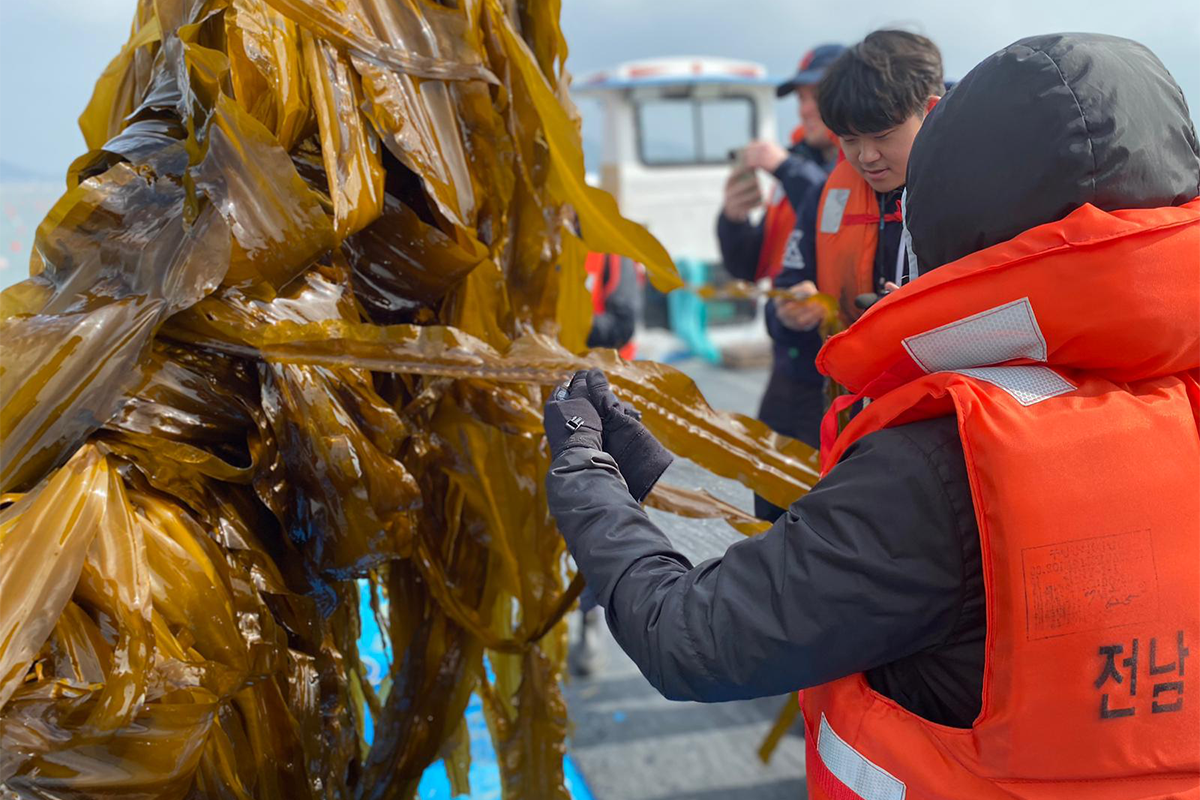
“Asia is a very mature industry, whereas North America and Europe is a very nascent industry,” said Dobbins. “It’s instructive to see what a mature industry focuses on – and the majority of research dollars in those environments, particularly those countries that grow kelp, are going to strain selection.”
“In South Korea, these labs that are doing the strain-selection work are 100 percent permanently funded by local municipalities as well as at the national level, and they’re working together,” said Moritz. “The country has really made it a national priority to have seaweed farming, which is a big difference from here.”
There are plenty of projects in progress in North America and Europe, including a WWF-US funded research project to develop seaweed strains for commercial uses, but Dobbins and Mortiz agree more research is needed to understand the genetic diversity of the species.
“You want to be able to maintain genetic diversity in the wild population, and quite frankly, in your farmed population as well,” said Dobbins. “Because ending up with a monoculture sets one up for a disease and crop failure. So, there’s that fundamental baseline research to be done.”
“Rightfully so, our governments have a precautionary approach to things and in a lot of places the baseline genetic research hasn’t been done,” said Moritz.
Ocean Rainforest foresees a bright future for ocean plants, and not just in Asia
Regulatory hurdles also feed into the North American lag. Educating regulators and concerned citizens is a “necessary and difficult” step towards obtaining approvals and funding for research, added Dobbins.
“It’s about creating the regulations necessary to enable this type of research to move forward in a responsible manner,” he said. “The EU is funding this type of research. They’re not putting up regulatory roadblocks. Until that funding increases, we’re going to continue to bounce along here. And it’s going to make it difficult for researchers and farmers.”
As Dobbins said, there’s a dire need to grow the seaweed farming markets outside of Asia to “contribute meaningfully” to climate mitigation. Selective breeding techniques will be an important part of achieving that goal.
“While not a silver bullet, if we can increase in the growth rate of the industry, we can increase the global harvest to about 94 million metric tons,” said Dobbins. “But that won’t happen if we rely on just the countries that are producing 98 percent of the current global harvest because they don’t have the ability to grow significantly. We have to look to other countries, and for that to happen, those farmers need to be able to compete economically. It’s strange, but I see the need to compete economically as key to improving the climate with one of the world’s great neglected climate change opportunities.”
Now that you've reached the end of the article ...
… please consider supporting GSA’s mission to advance responsible seafood practices through education, advocacy and third-party assurances. The Advocate aims to document the evolution of responsible seafood practices and share the expansive knowledge of our vast network of contributors.
By becoming a Global Seafood Alliance member, you’re ensuring that all of the pre-competitive work we do through member benefits, resources and events can continue. Individual membership costs just $50 a year.
Not a GSA member? Join us.
Author
-
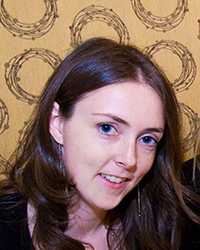
Lisa Jackson
Associate Editor Lisa Jackson is a writer who lives on the lands of the Anishinaabe and Haudenosaunee nations in Dish with One Spoon territory and covers a range of food and environmental issues. Her work has been featured in Al Jazeera News, The Globe & Mail and The Toronto Star.
Tagged With
Related Posts
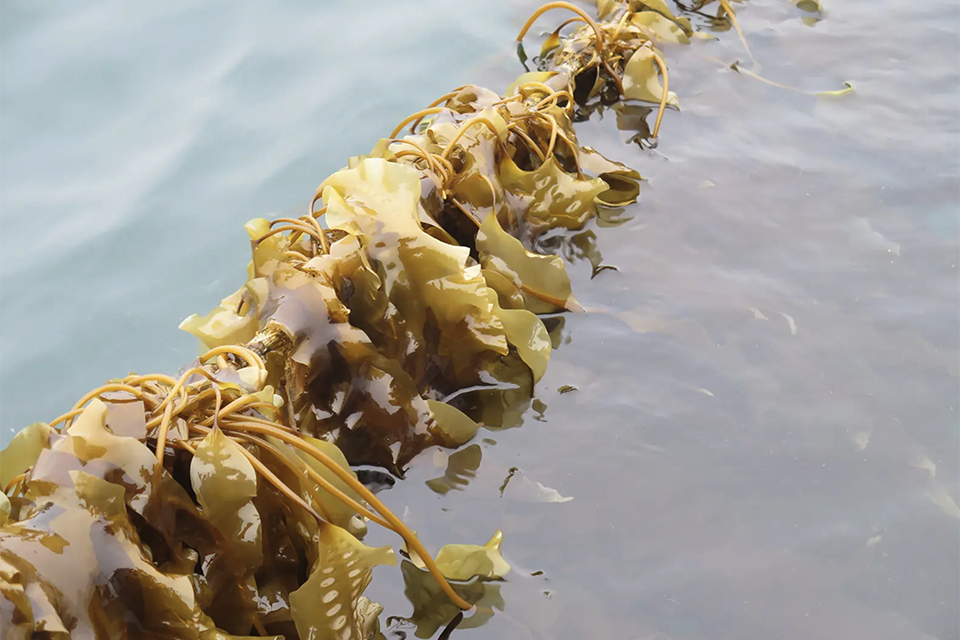
Responsibility
Can kelp farming fix the planet? Experts weigh in on promises and pitfalls
How can kelp farming help solve global challenges? A panel of seaweed experts discussed promises, pitfalls and knowledge gaps.
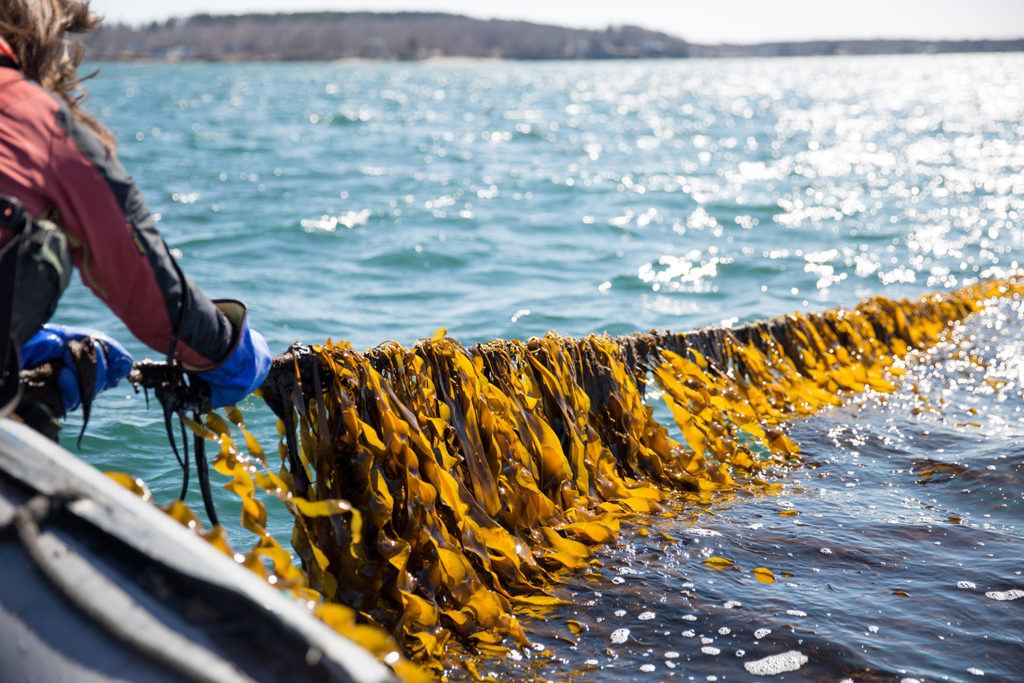
Intelligence
Kelp is the climate-friendly crop that could
Kelp aquaculture is poised for growth on both U.S. coasts, but one grower network in Maine is building a brand and demand for domestic seaweed.
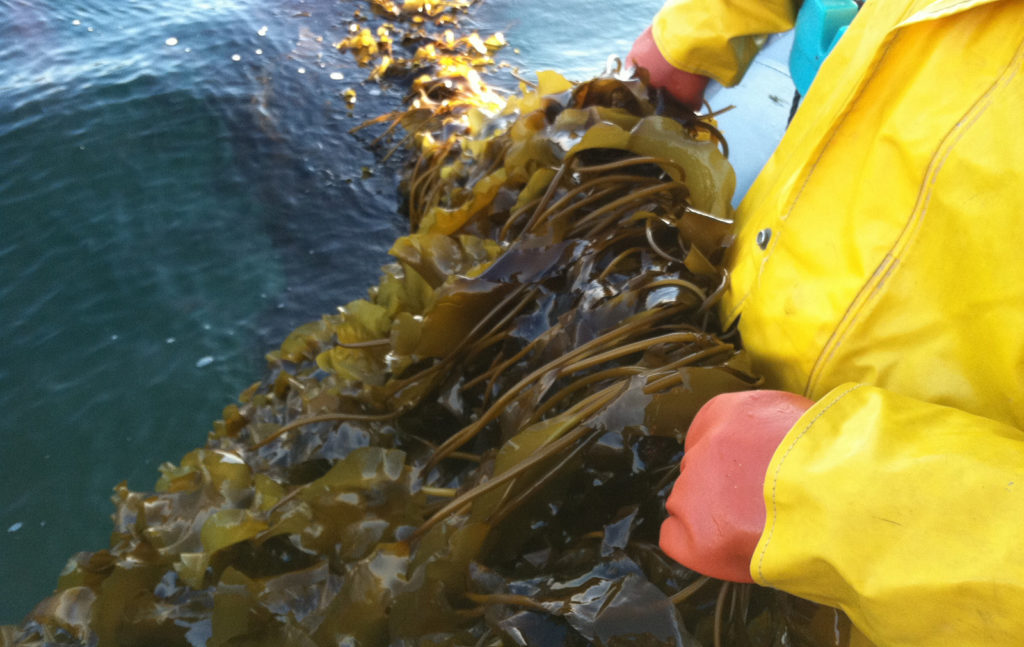
Responsibility
Lean and green, what’s not to love about seaweed?
Grown for hundreds of years, seaweed (sugar kelp, specifically) is the fruit of a nascent U.S. aquaculture industry supplying chefs, home cooks and inspiring fresh and frozen food products.
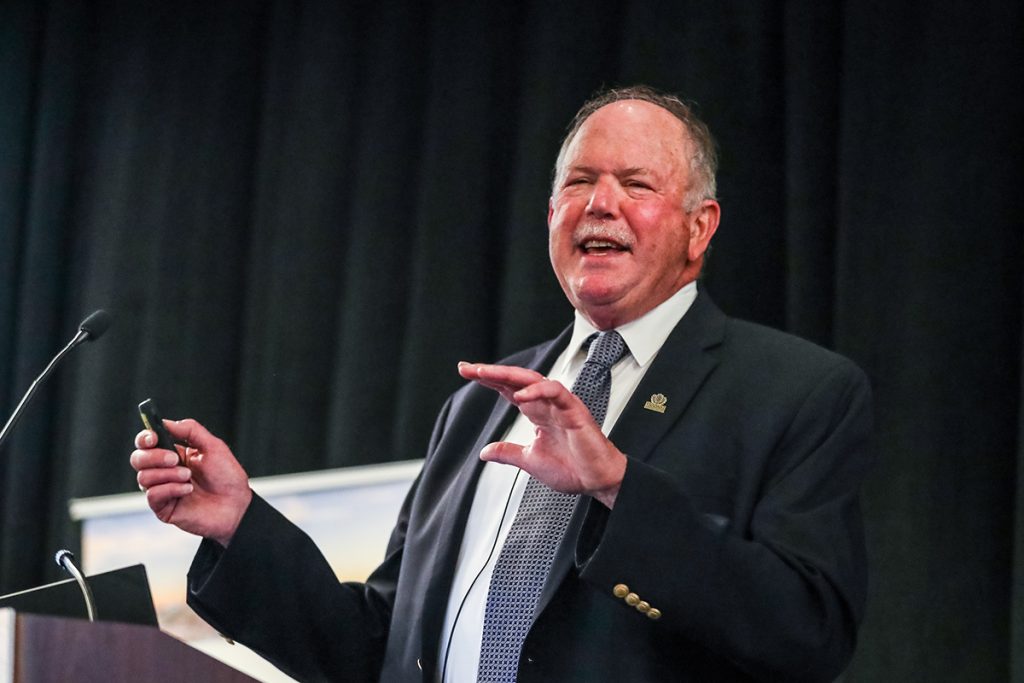
Intelligence
Exploring the relevancy, resiliency and scalability of seaweed farming at Seagriculture
Seagriculture, the first international seaweed conference, covers all angles of seaweed farming for food, energy and climate change solutions.


